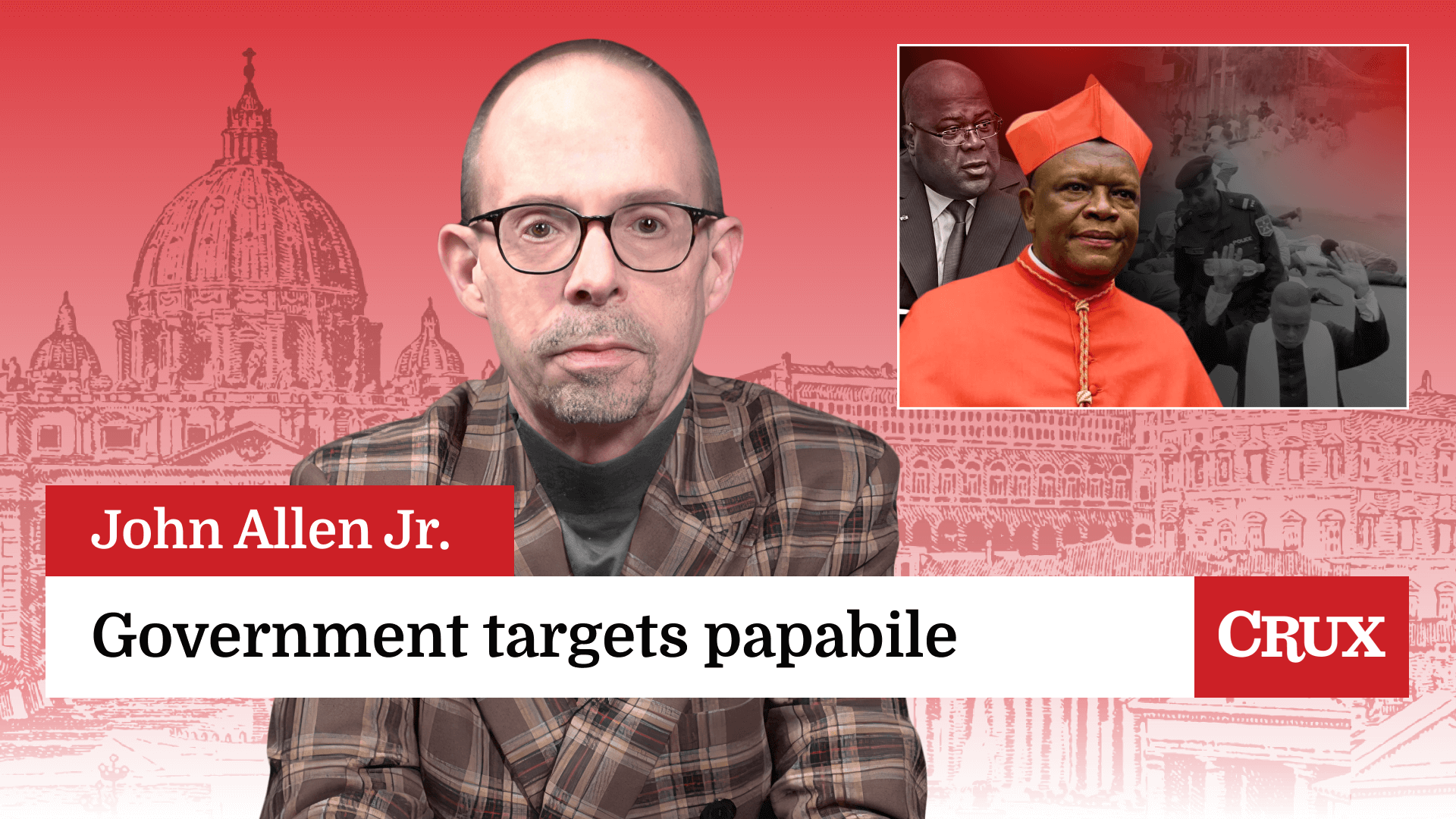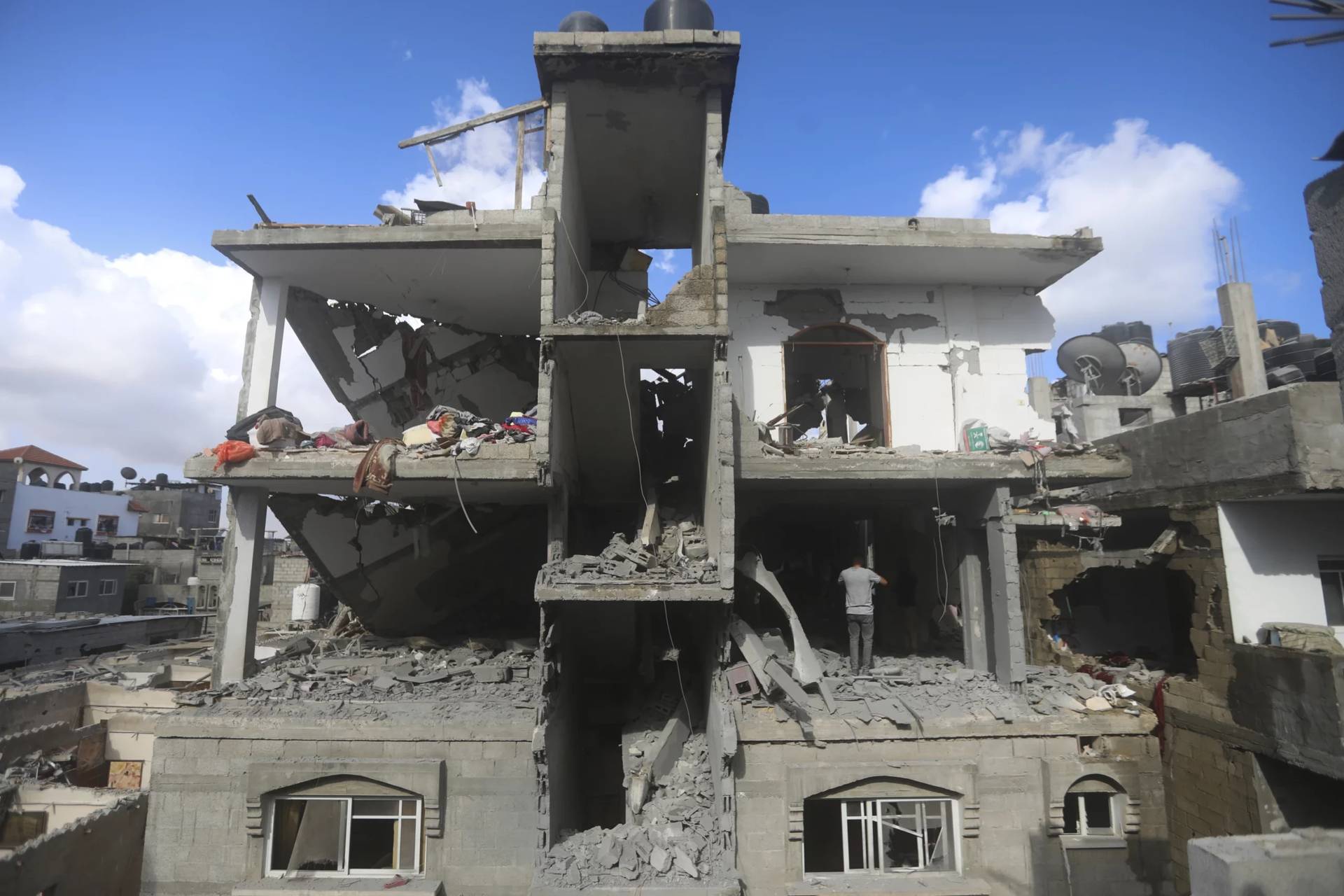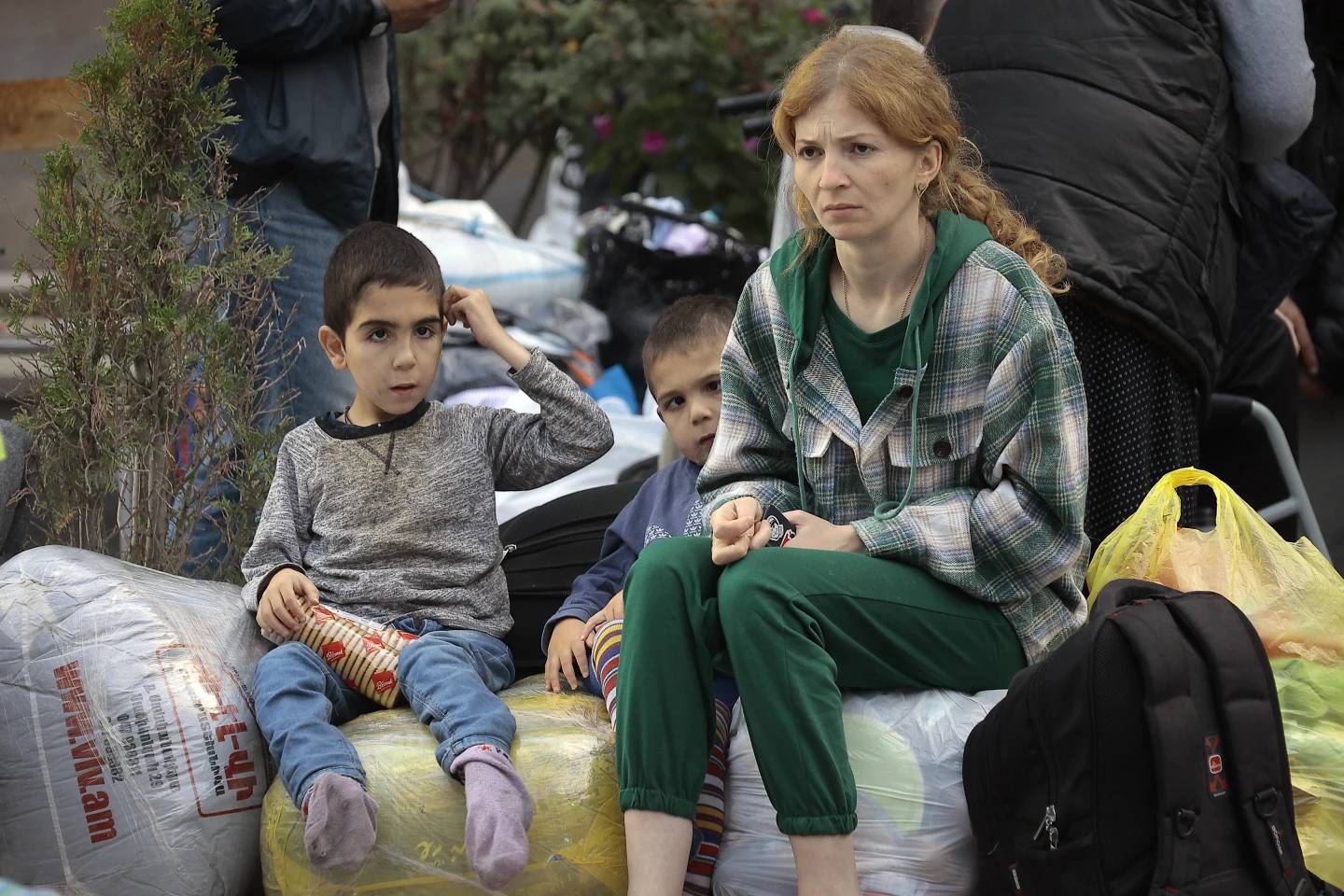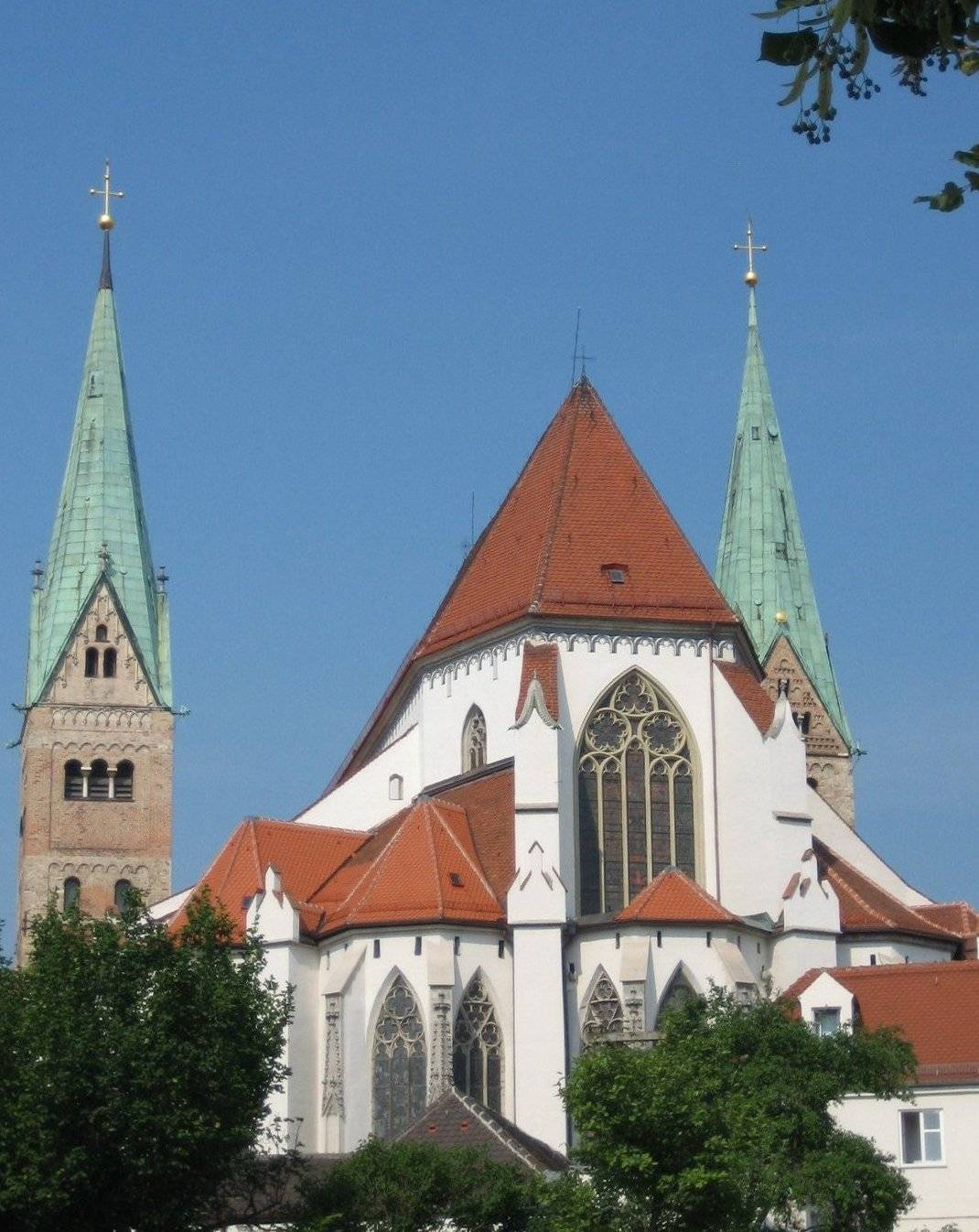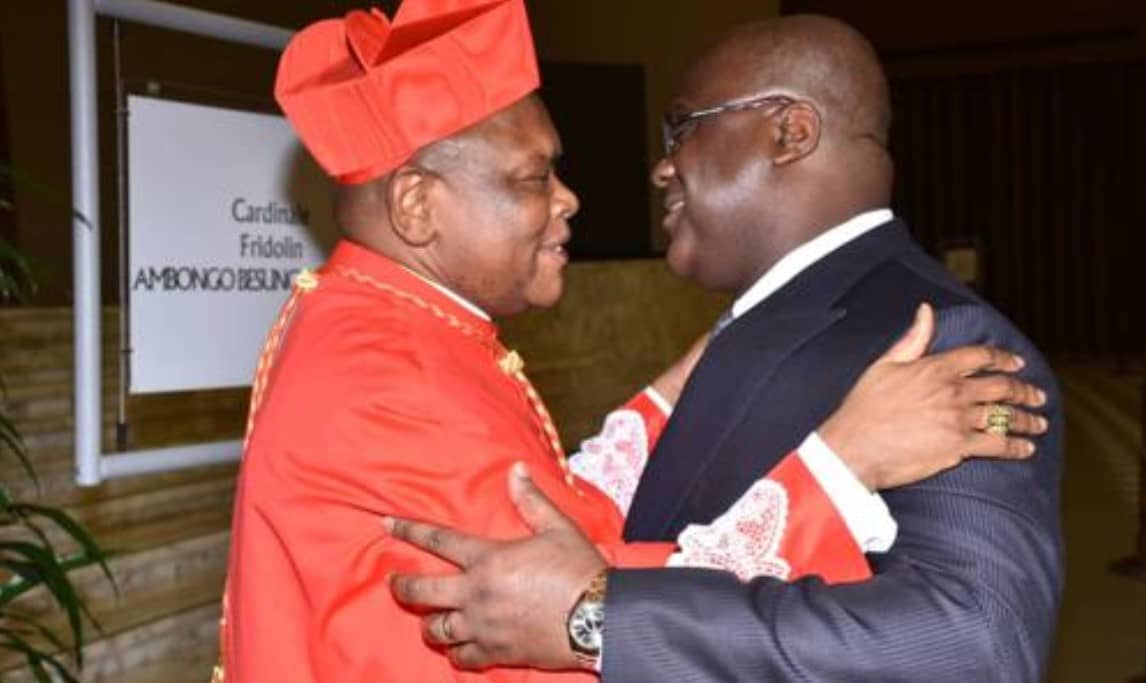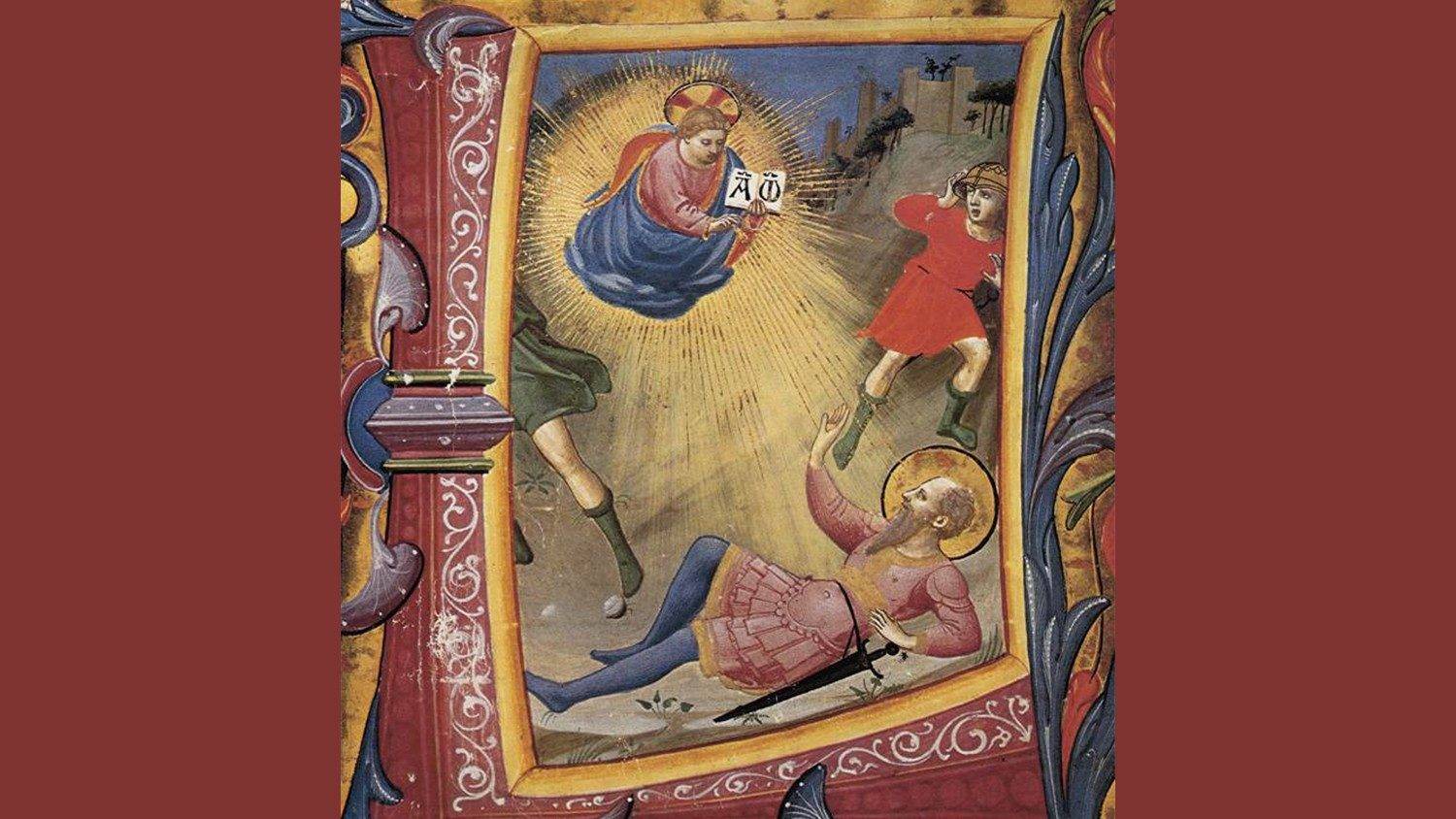ROME – Despite centuries of both fierce anti-clericalism and galloping secularism, Italy remains one of the most pervasively Catholic countries in the world, which means rarely does a day go by without some ferment in the Italians’ famous love/hate relationship with their church.
Three recent twists, two involving the former and the current Patriarch of Venice and a third pivoting on one of the country’s most celebrated unsolved mysteries, illustrate the point.
A cardinal feeling ‘marginalized’
Cardinal Angelo Scola, archbishop emeritus of Milan and a contender for pope in the 2013 conclave that elected Francis, earlier this week published an autobiography in Madrid in which he said that he was the victim of a media campaign that misrepresented him as the “loser” and left him feeling “marginalized.”
In the autobiography, titled He apostado por la libertad, or “I opted for freedom” Scola said he “never believed in the possibility of becoming pope, and therefore I didn’t suffer for that reason.”
He confided that nevertheless he was hurt, saying that “because of what the newspapers had written, I experienced a certain marginalization. After the conclave I was considered the adversary who lost the contest with Bergoglio, the cardinal who was nostalgic for the previous popes, the man of the past. Obviously, this didn’t make me happy.”
Scola was the Patriarch of Venice from 2002-2011 when he was appointed Archbishop of Milan, a position from which he retired in 2017.
In the run-up to the conclave of 2013, Scola was widely mentioned as a front-runner for the papacy. In fact, so strong was the speculation that the powerful Italian bishops’ conference accidentally dispatched an email after the white smoke poured out of the chimney of the Sistine Chapel, but before the Habemus Papam announcement of the new pope, expressing joy at “the news of the election of Cardinal Angelo Scola as the Successor of Peter.”
Obviously, that choice fell on Cardinal Jorge Mario Bergoglio of Argentina instead, and ever since Scola has been styled in many accounts as the “pope who never was.”
(The Italian bishops, by the way, quickly rectified the error, sending out another email expressing joy for the election of Bergoglio.)
In his biography, Scola said there’s much to learn from the Argentinian pope, and recalled with fondness “the delicacy of his talks and the seriousness and care of his attitude” in various events in which both men participated over the years.
“During pauses in the meetings, almost always he’d stay in his seat, quiet and bent over his notes, the sign of a very reserved personality,” he said. “That’s why I was so struck by the open, youthful and ironic character he showed after he became pope. I see in it a confirmation of the special ‘state of grace’ with which someone elected to the Throne of Peter is invested.”
Scola called Francis’s election “a healthy punch to the stomach by the Holy Spirit to wake us up.”
Rancor in Venice
In other woes this week, the sitting patriarch of Venice, Archbishop Francesco Moraglia, is currently under fire for allegations that he mishandled the cases of five priests accused of being pedophiles and homosexuals.
Earlier this week, posters were plastered on the doors of parishes and walls throughout the city saying, “it is deplorable the practice of certain ecclesial hierarchs to cover up the misdeeds of priests in a conspiratorial way, allowing them to do damage and to carry out serious crimes such as pedophilia and to reinforce behaviors that are disrespectful of their role and of the faithful.”
Other posters made specific mention of Father Massamiliano d’Antigua, a priest who in December 2018 was transferred to Venice’s Basilica of Saint Mark after facing accusations that he used parish funds at his former assignment for personal affairs.
D’Antigua, who faces formal complaints with Italian authorities, resisted the move and has asked for a period of reflection, threatening to leave the priesthood. Some of the priest’s former parishioners are set to protest in front of the Venice patriarchate on Saturday to express their disappointment in Moraglia’s handling of the issue.
In a statement after the posters were placed around Venice, the patriarchate said the statements about Moraglia were “seriously defamatory and entirely unfounded,” and that they were “offensive to the reputation of the priests indicated.”
Police are reportedly looking into the incident, which is another reflection of just how contentious the relationship between ordinary Catholics and their bishops has become – not only in countries marred by the abuse crisis, but also in Italy, which in many ways has yet to come to terms with the problem in its own backyard.
‘Dem Bones
In other news this week, official confirmation finally came on the age of fragments of a human skeleton found on Vatican property on Oct. 30, 2018.
Workers carrying out restorations in the basement of the Vatican embassy to Rome, located in the city center, found the remains, which included a partial skeleton and a smaller pile of bone fragments.
The villa where the embassy is located was bequeathed to Pope Pius XII in 1949 by wealthy entrepreneur Abramo Giacobbe Isaia Levi, as a thank-you to the Vatican for sheltering Jews under fascist persecution.
When news of the bones’ discovery first broke, rumors exploded in the Italian press that they could be the remains of Mirella Gregori or Emanuela Orlandi, two teenage girls with Vatican ties who went missing in 1983 and whose disappearance has never been solved.
After being examined at an institute in the southern Italian town of Caserta that specializes in the investigation of bone fragments, it was determined that the skeleton likely dates back to the imperial period, somewhere between the years 90-230 AD.
Though rumors that the skeleton could belong to Orlandi or Gregori were originally debunked several months ago, the new findings definitively put those rumors to rest.
It is believed that the bones were part of a large, ancient necropolis on the property several hundred years ago. As a result, the fate of Orlandi and Gregori remains what the Italians call a giallo, which literally means “yellow” and refers to the color of paper upon which Italian mystery stories traditionally have been printed.







